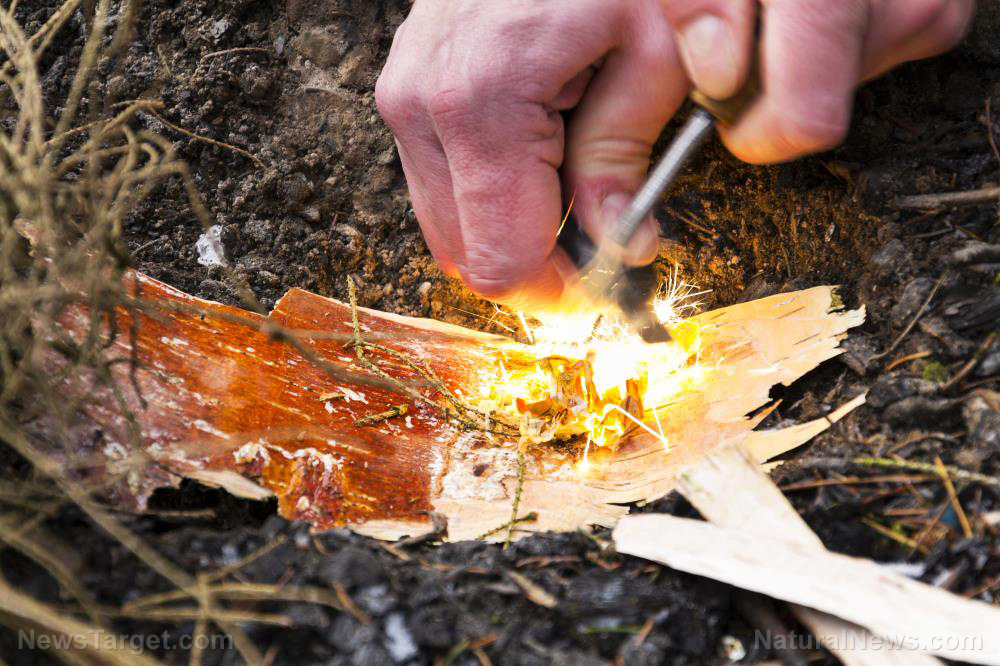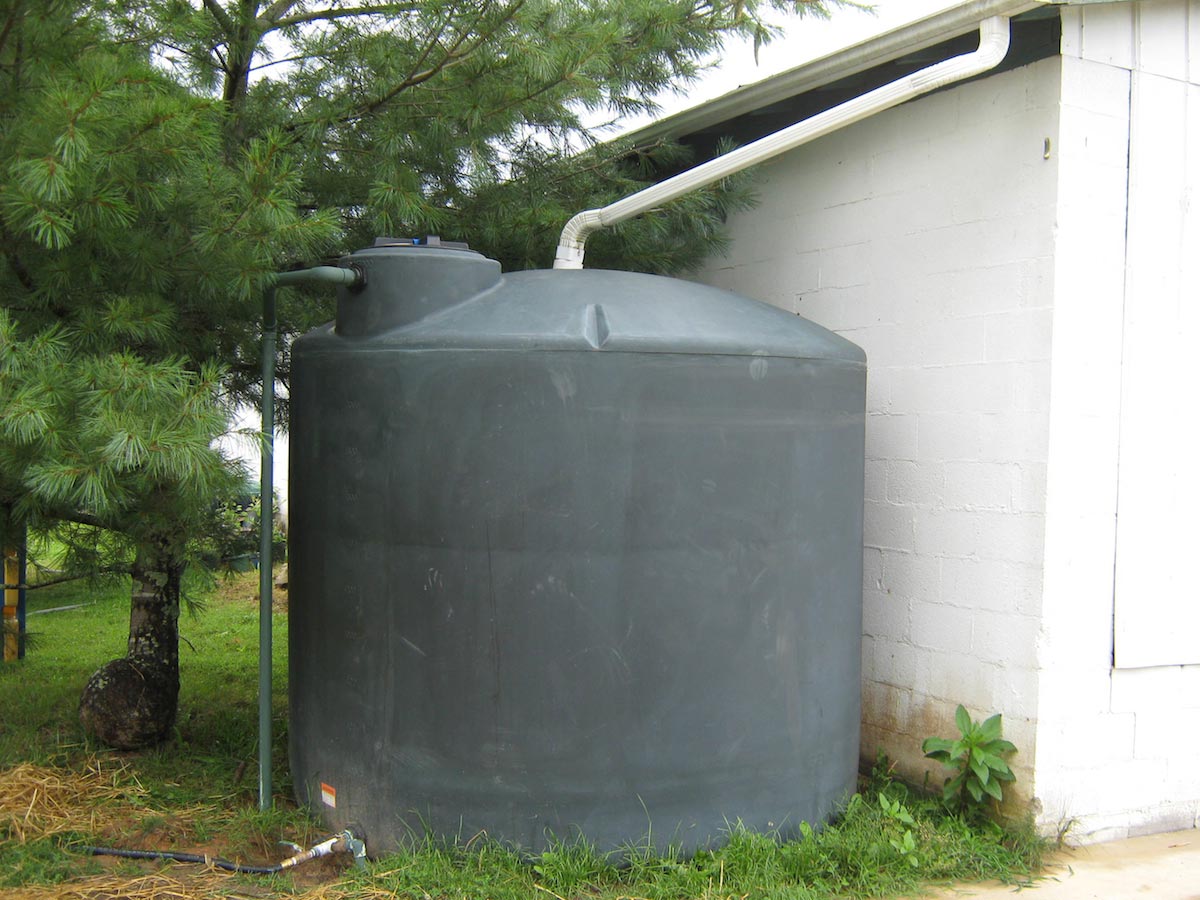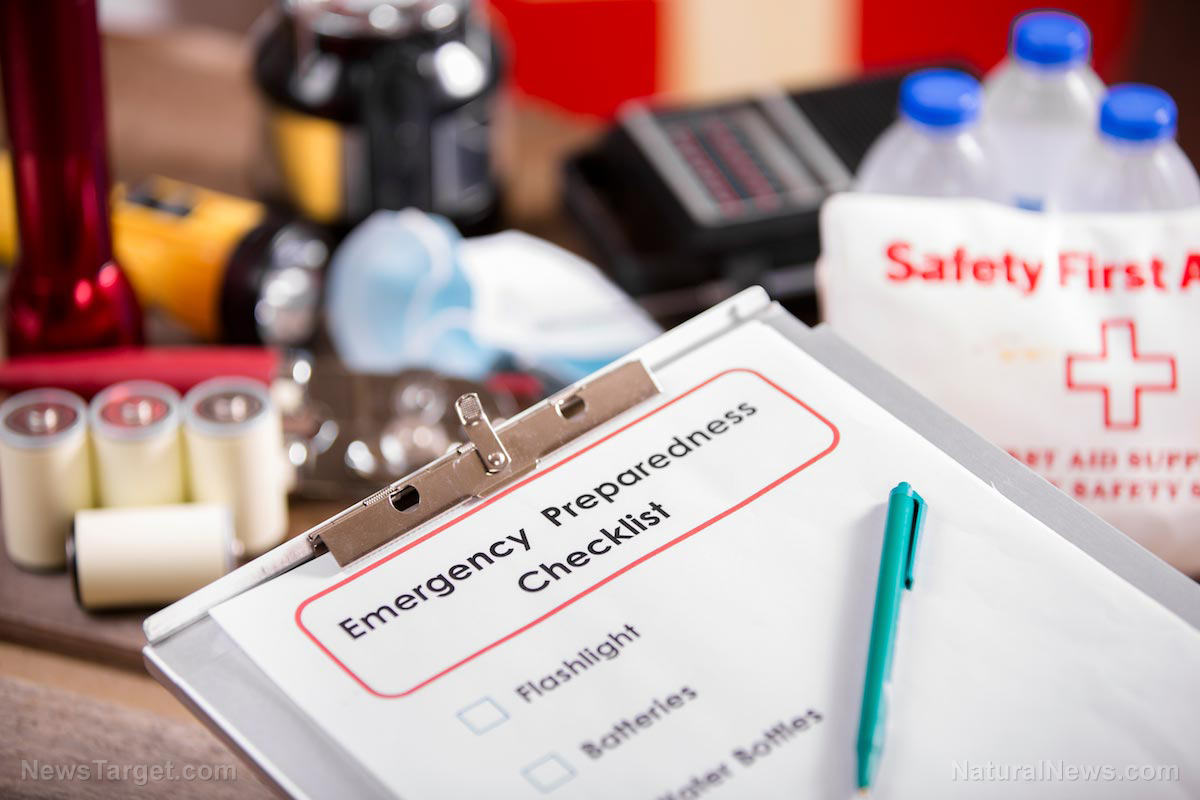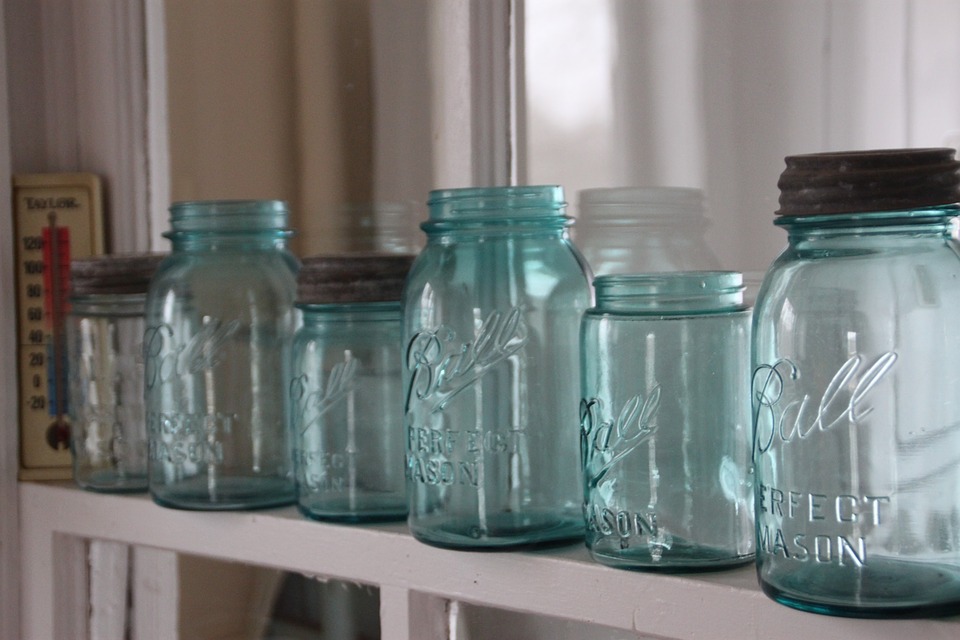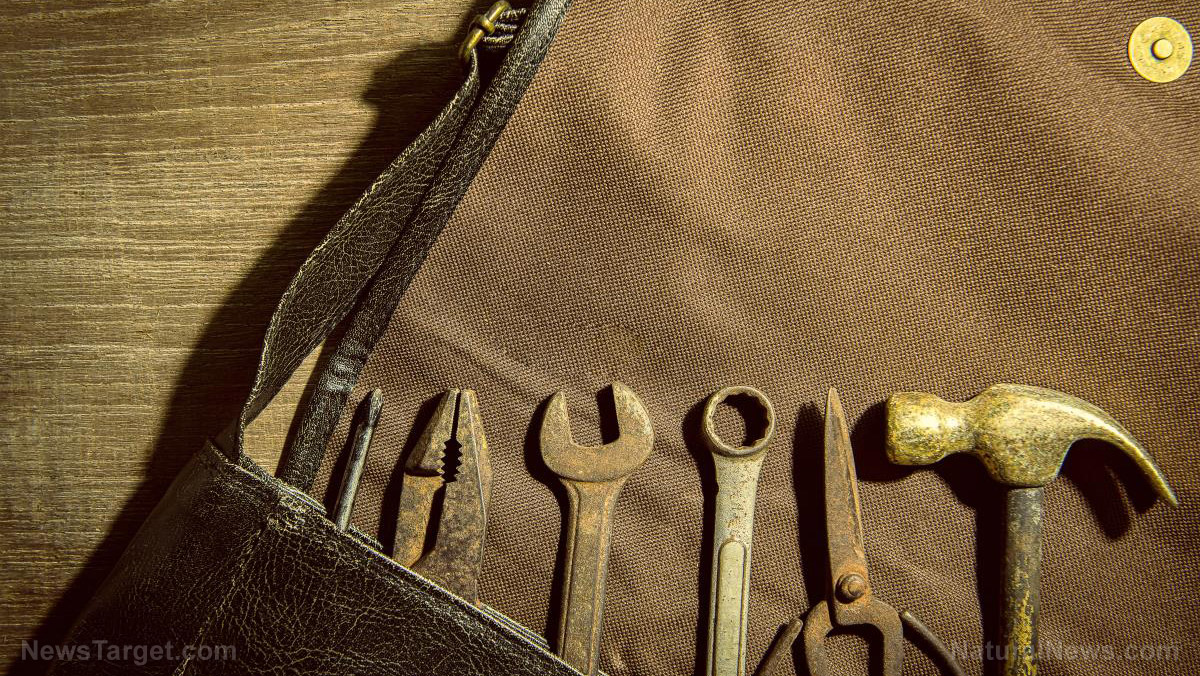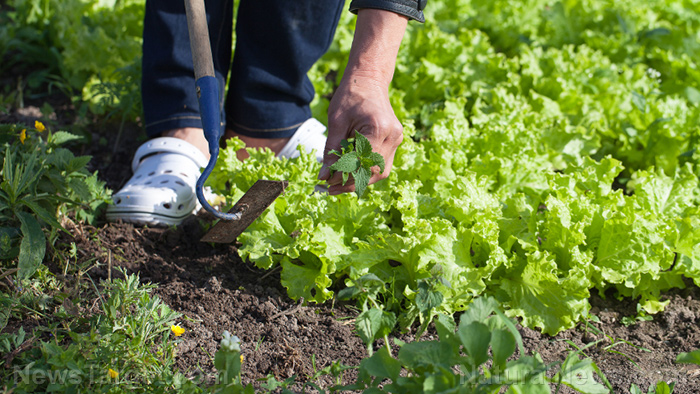Prepper projects: How to build a composting toilet
05/10/2022 / By Zoey Sky

Preppers who live off grid or in an area that is frequently affected by natural disasters should prioritize waste management. If you’re worried about a long-term disruption of municipal utilities, learn how to build a composting toilet. (h/t to PreppersWill.com)
There are three common varieties of toilets: siphon-jet flush valve toilets, pressurized tank toilets and gravity flow toilets. However, these toilets require a lot of water to function and flush waste properly into a sewer system that dumps all the waste in different locations.
According to the Environmental Protection Agency, Americans flush down about 4.8 billion gallons of water in toilets every day. This wastes a lot of water, which is unfortunate since many countries can’t constantly access water unlike the United States.
Consider using ultra-low-flow (ULF) models for your home or property if you want to save water. Replacing all toilets in the country with 1.6-gallon-per flush ULF models can help each person save about 5,500 gallons of water per year.
Another great option is a composting toilet, which requires little to no water to function. Before you install a composting toilet, check state and local regulations regarding proper handling methods.
Composting toilet basics
A composting or biological toilet system is designed to contain and process excrement, toilet paper, carbon additive and food waste. The system requires unsaturated conditions where aerobic bacteria break down waste, unlike septic systems, and similar to a compost heap for your home garden.
After the bacteria break down the waste, you get humus, a soil-like material that needs to be buried or removed.
Compost toilets can help save water and they also recycle valuable plant nutrients during the waste-management process. (Related: Homestead must-haves: 4 Off-grid amenities for your property.)
Here are some key components of a composting toilet:
- A composting reactor connected to a micro-flush toilet
- A screened air inlet and exhaust system to remove odors and heat, along with carbon dioxide (CO2) and other decomposition byproducts
- A mechanism that provides proper ventilation, which will help aerobic organisms in the compost heap
- Process controls
- Access door for the removal of the end product
Note that a composting toilet separates solid from liquid waste and produces a humus-like material with less than 200 most probable number (MPN) per gram of fecal coliform.
MPN is a statistical estimate of the number of coliform-group organisms per unit volume of sample water. The figure is expressed as a density or population of organisms per 100 mL of sample water.
The composting chamber of these kinds of toilets can be solar or electrically heated to maintain the right temperature for regular use and bacterial decomposition.
Pros and cons of a composting toilet
Composting toilets are beneficial to the environment because they divert nutrient and pathogen-containing effluent from the soil, surface water and groundwater.
Here are some of the advantages of a composting toilet.
- It can be installed and used wherever you would typically use a flush toilet, like in homes in rural areas or seasonal cabins, recreation areas and locations where a flush toilet is impractical or unnecessary.
- Composting toilets are more cost-effective than a central sewage system, and they don’t require water. A composting toilet also helps reduce the quantity of wastewater that is disposed of daily.
- A compost toilet can also be used to recycle and compost food waste, which helps reduce household garbage.
Below are some of the disadvantages of using a composting toilet.
- Composting toilets require a bit of work and maintenance.
- Removing the compost can be an unpleasant job if the toilet isn’t properly set up.
- Composting toilets may have odor issues.
How to make a composting toilet
You can either buy a composting toilet and have it installed or install it yourself. Building your own composting toilet can save you a bit of money since it only takes a short time to assemble.
To build a composting toilet, you will need the following materials:
- Two or three five-gallon buckets with lids
- A standard toilet seat with a lid
- 3/4 x 3 x 18-inch plywood sheets
- Boards (Will be cut and used for the sides of the toilet box and for the legs.)
- Two hinges
- Screws
- Saw
- Measuring tape
- Bag of sawdust (For soaking up excess moisture in the composting bucket.)
Directions:
- Cut a hole in one of the pieces of plywood so that it fits the bucket.
- Attach the pieces of plywood together using the hinges.
- Build a box with the boards, then screw in the solid piece of plywood to the box. Let the part with the hole remain on top.
- Attach legs to the box. Let the bucket lift just slightly above the hole cut in the top piece of plywood.
- Attach the toilet seat to the plywood top and fit it securely over the rim of the bucket.
- Stain or paint the composting toilet so it will last longer.
Tips for using a composting toilet
Before using a homemade composting toilet, sprinkle one to two inches of sawdust into the bottom of the bucket. The sawdust helps absorb the extra moisture. It also adds a necessary carbon element that is essential for composting.
After each use, sprinkle sawdust into the toilet to facilitate the composting process and minimize odors.
When the first bucket is filled, remove it and cover it. This allows the composting process to continue. Insert another bucket to continue using the composting toilet.
When all the buckets are full, discard the first two into a composting pile in your yard. Make a small indent in the center of the composting pile and dump the new compost into the depression, then lay old compost and other organic materials on top of the new addition.
If used properly, a composting toilet should be odorless. As a bonus, it will also produce material for your compost pile that can be used for better garden soil.
Watch the video below for some compost toilet tips.
This video is from the JosephJenkins channel on Brighteon.com.
More related stories:
Home gardening tips: A beginner’s guide to composting.
Prepping 101: Short-term and long-term sanitation solutions to consider when disaster strikes.
More than prepper toilet paper: Here are even more uses for common mullein.
Sources include:
Submit a correction >>
Tagged Under:
compost toilet, Composting, environment, green living, home gardening, homesteading, off grid, preparedness, prepper, prepping, survival, survivalist, sustainable living, tips
This article may contain statements that reflect the opinion of the author
RECENT NEWS & ARTICLES
COPYRIGHT © 2017 GEAR.NEWS
All content posted on this site is protected under Free Speech. Gear.news is not responsible for content written by contributing authors. The information on this site is provided for educational and entertainment purposes only. It is not intended as a substitute for professional advice of any kind. Gear.news assumes no responsibility for the use or misuse of this material. All trademarks, registered trademarks and service marks mentioned on this site are the property of their respective owners.




